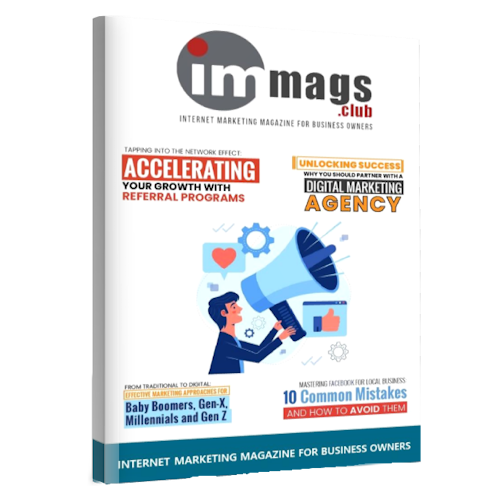A good go-to-market strategy involves testing product-market fit and validating your idea with a minimum viable product (MVP). So, in theory, you shouldn’t ever be fully rolling out a product or service nobody wants to buy.
Despite that assumption, however, I still see would-be entrepreneurs online all the time asking the painful question: “Why doesn’t anybody want to buy from me?”
When sales are slow, a number of different factors could be at play: Maybe your approach to marketing and promoting your product needs tweaking. Or maybe you just haven’t built up enough name recognition with your target audience.
Understanding where you’ve gone wrong means asking several different questions:
1. Do people really want what you’re selling?
It’s tempting, when your sales are slow, to blame the economy or some other factor outside of your control. But, with Americans spending $1.2 trillion annually on nonessential goods, according to The Wall Street Journal, there’s clearly more at work than personal spending freezes.
I’d argue that, in most instances, the issue isn’t that people aren’t spending — it’s that you’re offering them something they don’t really care to spend money on. In an article on the Launch Yourself blog, Melissa Anzman shared her own past experiences with failed launches, writing:
“This is where my failed launches have usually gone wrong. I created content that was amazing and it’s what I thought my audience needed (hello – you need it, I’m the expert, listen to me!). But at the end of the day, they could care less about the solution I was selling.”
This is where the early market research and validation testing I mentioned earlier comes into play. If, in your product or service’s earliest stages, you aren’t seeing conclusive proof that people want what you intend to offer, it’s in your best interest to keep iterating before investing in a full launch.
2. Are you clearly conveying the value of your product or service?
That said, plenty of situations occur where there’s demand for your offering; but people just don’t understand what you’re selling or why they should buy from you. If they don’t see your value, they’re simply not going to buy.
Alexander Michael Gittens, in a post on LinkedIn, summed up this scenario well, stating, “No one has ever purchased a product or service. Whether we realize it or not, we have only ever purchased ‘value.'”
Gittens went on to give the example of purchasing food at a grocery store versus a restaurant. If you spend $100 at each place, you’ll have spent the same amount of money, but received vastly different value, depending on whether you prioritize your ability to buy food for multiple meals, or the experience of dining at a fancy restaurant.
So, what does “value” mean in the context of your business, and how can you determine whether you’re clearly demonstrating it? As a starting point, consider that BigCommerce has reported that, “The top three factors that are very or extremely influential in determining where Americans shop are price (87 percent), shipping cost and speed (80 percent) and discount offers (71 percent).”
These specific variables may or may not apply to your company or your target customers, but if you can’t say for certain what those people value, you’ve got some homework to do.
3. Are people ready to buy when you’re reaching them?
Finally, keep in mind that just because someone didn’t purchase from you right away doesn’t mean that they’ll never become a customer. Their reluctance might just mean they aren’t ready to purchase yet.
Timing your marketing messaging to your prospect’s stage in the buying process is an art as much as a science. So, ask the following questions to measure the response to your sales and marketing timing:
- o Have you developed content that supports all stages of the buying process?
- o Have you built an opt-in mechanism to your site so that you can continually reach out to people who aren’t ready to buy yet?
- o Have you tried retargeting to catch those who may be ready at a later time?
- o Are you mis-timing your most persuasive sales messages to top-of-funnel prospects, rather than those further down the funnel?
As Derek Halpern of Social Triggers argued, “Don’t be pushy all the time. Be pushy at the right time.”
If you’ve gone through all three of these questions, made the necessary changes to your messaging, targeting and timing, and still aren’t seeing results, it may be time to conclude that nobody wants what you’re selling. As difficult as that may be to hear, embrace it. Don’t continue to throw time, money and effort at a failed project. Instead, put those resources toward making your next great idea a winner.
Author: lenakhalid
Website: http://www.LenaKhalid.com






